Planning a Camp-and-Fish Road Trip Across the U.S.
Few adventures capture the American spirit quite like a cross-country road trip combining camping and fishing. From the misty mountain streams of Appalachia to the crystal-clear lakes of the Midwest and the rushing rivers of the Pacific Northwest, the United States offers an unparalleled variety of fishing experiences, complemented by spectacular camping opportunities.
Planning such an epic journey requires careful consideration of routes, seasons, gear, permits, and conservation practices. This comprehensive guide will help you create an unforgettable camp-and-fish expedition across America’s diverse landscapes, connecting with nature and potentially landing the catch of a lifetime along the way.
Mapping Your Route: Connecting America’s Fishing Hotspots
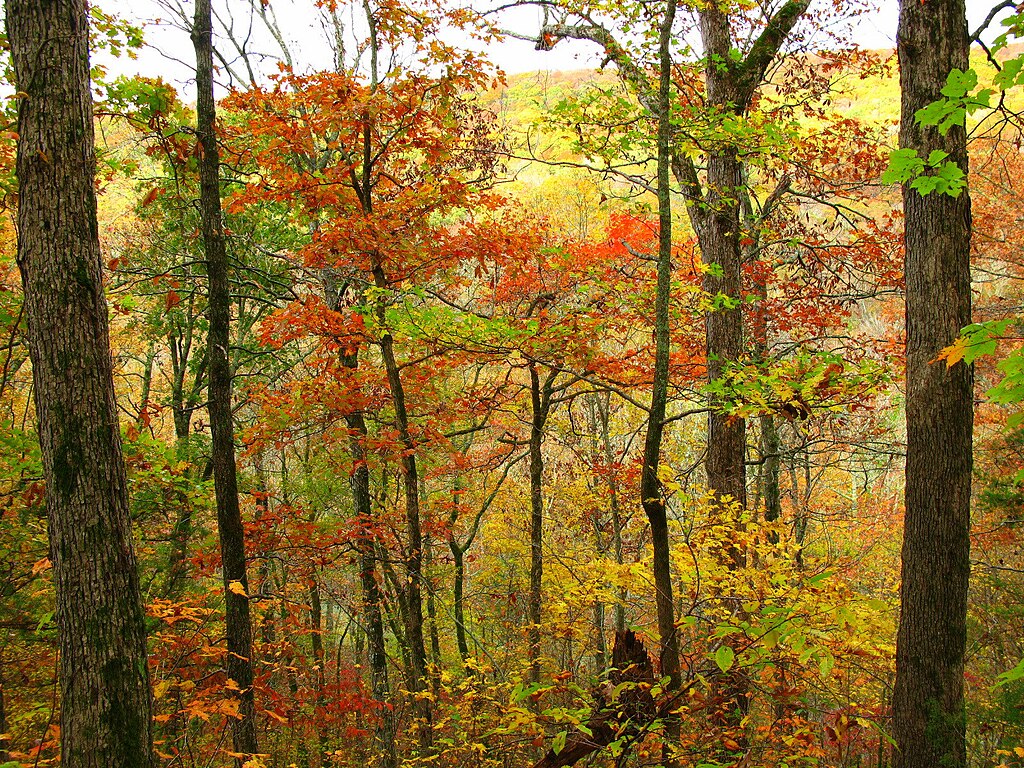
The first step in planning your fishing road trip is deciding which regions and waterways you want to explore. Consider creating a route that incorporates diverse fishing experiences, perhaps starting with trout fishing in the Smoky Mountains, moving on to bass fishing in the Ozarks, fly fishing in Colorado’s rivers, and concluding with salmon fishing in the Pacific Northwest. Use specialized fishing apps like Fishbrain or FishAngler to identify productive fishing spots along your route.
Remember that some of the best fishing locations may be off the beaten path, so build flexibility into your itinerary to explore promising waters you discover along the way. Allow enough time at each destination to understand the water and increase your chances of a successful catch, rather than rushing from one spot to the next.
Timing Your Trip: Understanding Seasonal Fishing Patterns

Timing can make or break a fishing road trip, as fishing conditions vary dramatically throughout the year across different regions.
Spring offers excellent opportunities for bass in the South and trout in the Mountain West as waters warm and fish become more active.
Summer provides reliable fishing throughout the northern states and higher elevations, while fall brings spectacular salmon runs in the Pacific Northwest and aggressive pre-winter feeding in many species.
Winter limits opportunities in northern states but can provide unique experiences like ice fishing in the Upper Midwest or comfortable conditions in southern waters.
Research species-specific seasons and spawning periods for your target fish, as these biological cycles significantly impact fishing success throughout the year.
Essential Fishing Gear for a Cross-Country Adventure
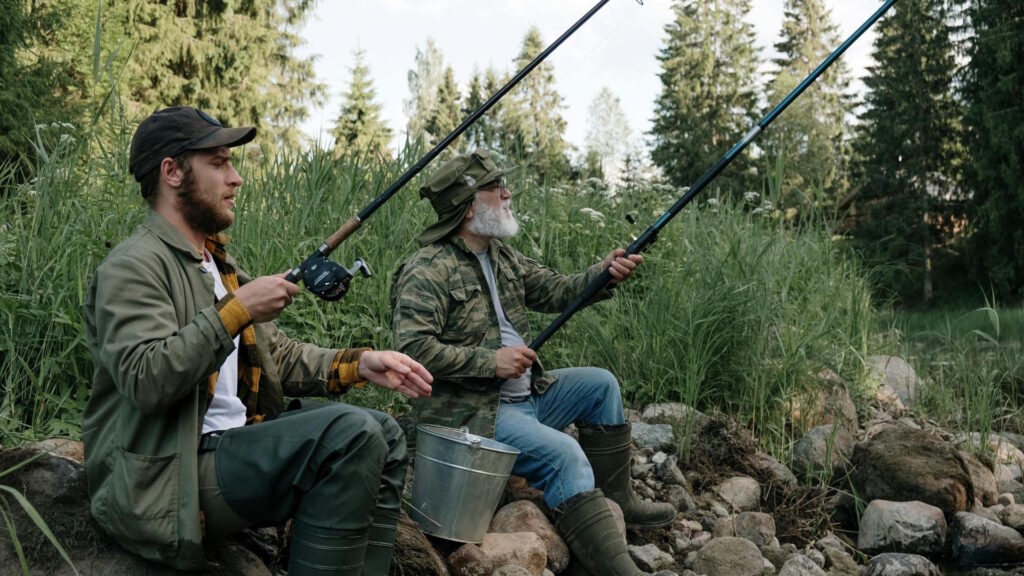
Packing fishing gear for a nationwide trip requires balancing versatility with practicality. A 6’6″ to 7′ medium-action spinning rod paired with a quality reel spooled with 8-10lb test line will handle most freshwater situations you’ll encounter. Supplement this with a selection of artificial lures that work across species – soft plastic worms, spinner baits, and small crankbaits are universally effective.
Don’t forget terminal tackle including various hook sizes, weights, bobbers, and line cutters. If you plan to target specific species like trout or salmon, you may need specialized gear such as fly fishing equipment or heavier tackle. Always pack polarized sunglasses to reduce glare and help spot fish, and consider collapsible rods if space is limited in your vehicle.
Navigating Fishing Regulations Across State Lines
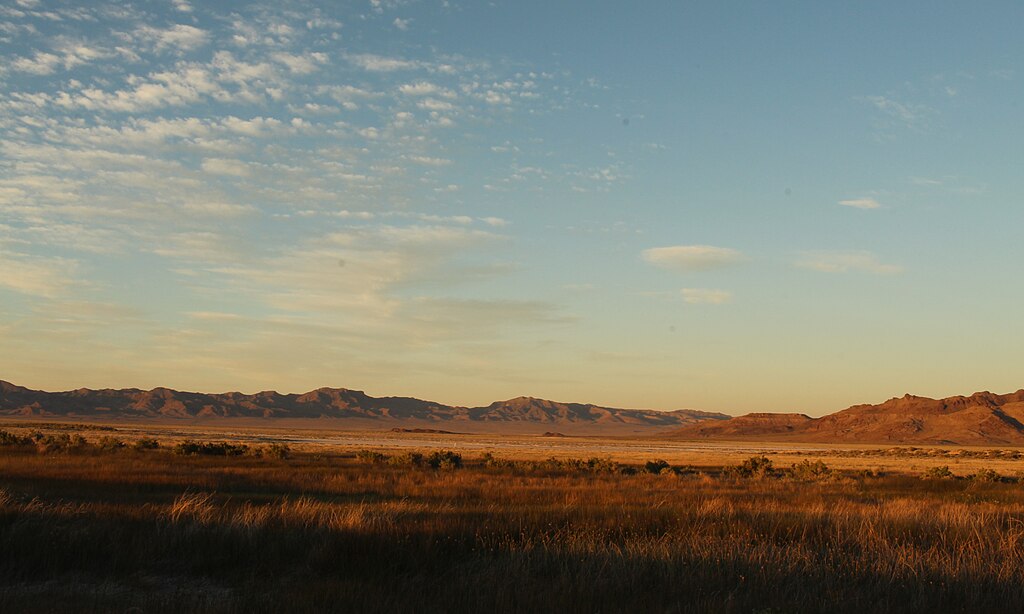
One of the most challenging aspects of a cross-country fishing trip is keeping track of the varying fishing regulations as you cross state lines. Each state maintains its own fishing license requirements, seasons, creel limits, and size restrictions that can differ dramatically.
Download the Fish & Wildlife app for each state you’ll visit, as these typically contain up-to-date regulations accessible offline. Consider purchasing short-term fishing licenses for each state, which are typically available for 1-day, 3-day, or 7-day periods and are much more economical than annual licenses for non-residents.
Pay particular attention to special regulations for trophy waters or endangered species habitats, which may have catch-and-release requirements or tackle restrictions even when the general season is open.
Selecting the Perfect Camping Spots Near Prime Fishing Waters

Finding campsites that provide convenient access to quality fishing waters requires strategic planning. National Forests offer some of the best combinations of affordable camping and excellent fishing, with many campgrounds situated directly on lakes or rivers. State parks frequently feature well-maintained campgrounds with boat ramps and fishing piers, though they typically require reservations during peak seasons.
For a more remote experience, Bureau of Land Management (BLM) lands often permit dispersed camping near less-pressured fishing waters, particularly in western states. The Hipcamp and Recreation.gov apps can help you locate and reserve campsites near fishable waters, while fishing-specific forums often contain valuable local knowledge about campgrounds with direct water access.
Watercraft Options: From Kayaks to Float Tubes
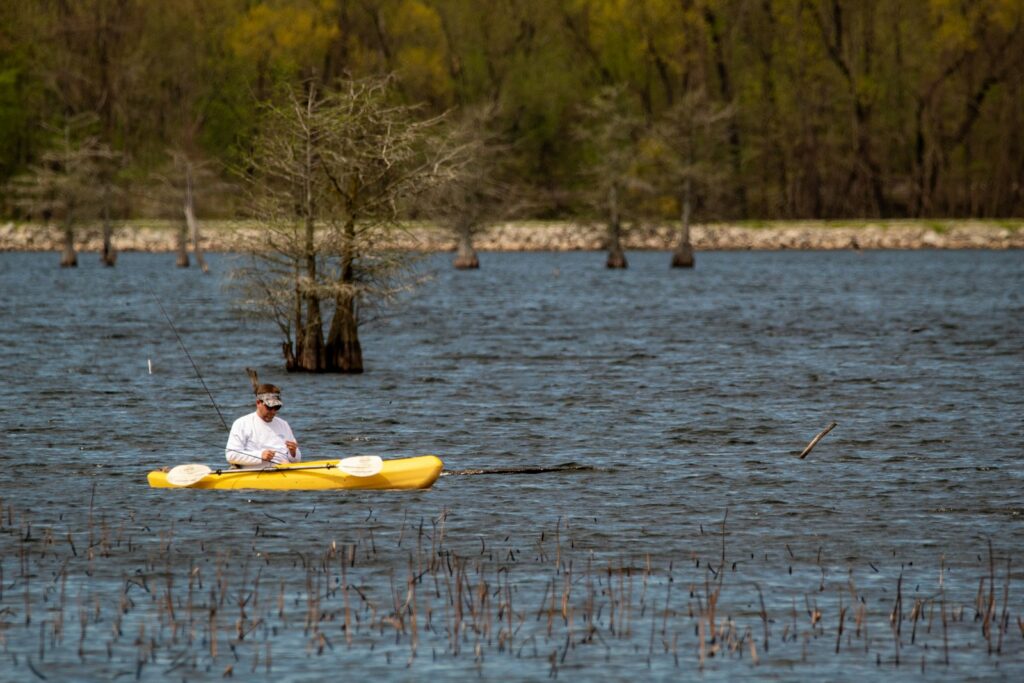
Having access to some form of watercraft dramatically expands your fishing opportunities across the country.
Inflatable kayaks have become increasingly popular for road trips due to their portability and effectiveness for fishing – quality models can be deflated and stored in a car trunk, yet provide stable platforms for accessing waters beyond casting distance from shore. Float tubes offer even more compact storage for still-water fishing on lakes and ponds, though they’re limited to calmer waters. If you’re traveling with a larger vehicle or trailer, consider a rigid kayak or canoe, which typically offers better performance and durability than inflatable options.
Whatever craft you choose, always research local regulations regarding invasive species prevention, as many states require boat inspection or decontamination when crossing state lines to prevent the spread of harmful aquatic organisms.
Conservation Practices for the Responsible Angler

As you travel across diverse ecosystems, practicing responsible conservation becomes even more important. Always check whether the waters you’re fishing have catch-and-release requirements or if keeping fish is sustainable and permitted. Master proper catch-and-release techniques, including wetting hands before handling fish, using barbless hooks when possible, and minimizing time out of water to increase survival rates.
Clean all fishing gear thoroughly between watersheds to prevent spreading invasive species or diseases that could devastate local fish populations. Consider participating in citizen science programs like the Angler’s Atlas, where your fishing data can contribute to conservation research while creating a detailed record of your journey across America’s waters.
Weather Considerations and Safety Precautions

Weather patterns vary dramatically across the country and can change rapidly, making weather awareness essential for both fishing success and safety. Invest in a weather radio or reliable weather app with alert capabilities to stay informed about potentially dangerous conditions. Understand how weather affects fishing in different environments – falling barometric pressure often triggers feeding activity in many species, while extreme heat may push fish to deeper, cooler waters.
Always have a clear evacuation plan when fishing remote areas, especially in regions prone to flash flooding or severe storms. Share your detailed itinerary with a trusted contact not on the trip, including expected check-in times and procedures if you don’t make contact as scheduled.
Preserving Your Catch: Processing and Storage Solutions
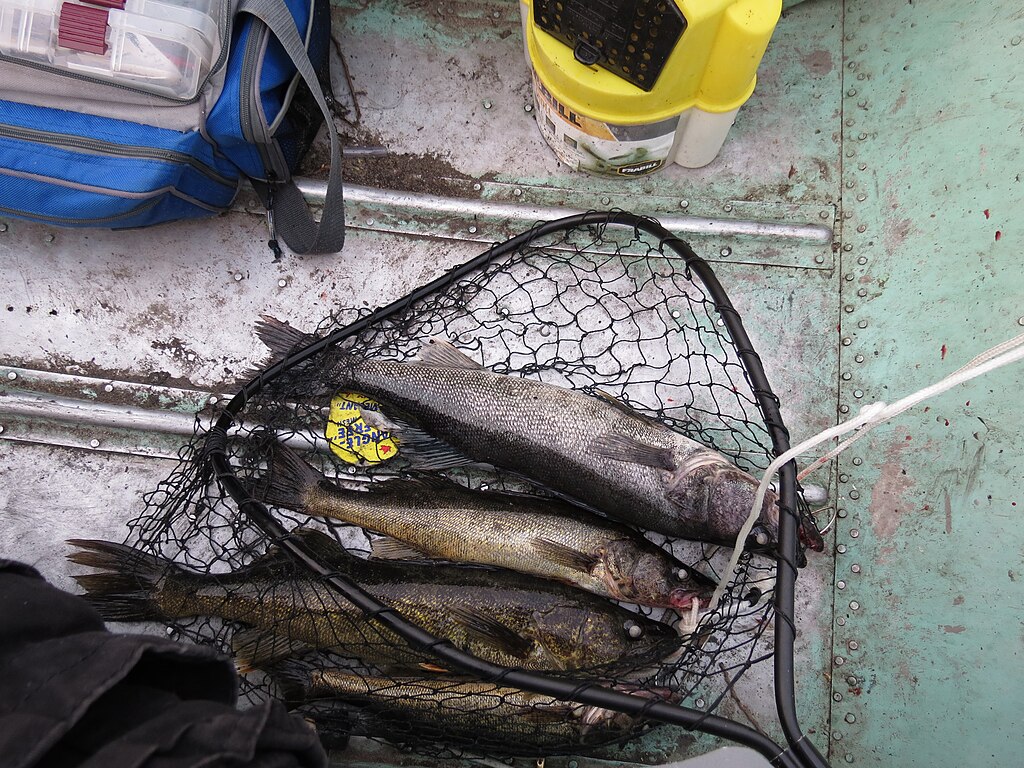
If you plan to keep fish during your journey, proper preservation becomes a logistical challenge worth solving. Invest in a high-quality cooler with excellent ice retention, preferably a rotomolded model that can maintain ice for several days between resupply points. Learn proper cleaning and filleting techniques for different species you might encounter, as methods vary between trout, bass, catfish, and other common catches.
Consider a vacuum sealer that can run off your vehicle’s power for longer-term storage of your catch, which dramatically extends freshness compared to traditional storage methods. In remote areas where electricity is unavailable, traditional preservation methods like smoking can both preserve your catch and provide a delicious campsite meal with minimal equipment.
Technology and Tools for Finding Fish

Modern technology has revolutionized the fishing experience, particularly for travelers unfamiliar with local waters. Fishing-specific smartphone apps like Fishbrain, FishAngler, and Fishing Points combine GPS capabilities with crowdsourced fishing reports to help you locate productive spots even in unfamiliar territory. Portable fish finders have become increasingly affordable and compact, with some models connecting directly to smartphones to display underwater structure and fish locations.
Digital fishing journals help track patterns across your journey, recording successful techniques, weather conditions, and specific locations that produced results. Remember that cell service can be unreliable in prime fishing areas, so download offline maps and fishing information before heading to remote locations.
Engaging with Local Fishing Communities

Some of the most valuable fishing information comes directly from local anglers who know their waters intimately. Visit local tackle shops along your route, where staff typically provide current information on what’s biting and effective techniques – purchasing a few lures or supplies is a small price for this knowledge. Many fishing communities host online forums specific to their region, where members often share detailed reports and are willing to help travelers with specific questions.
Consider scheduling your trip to coincide with fishing tournaments or festivals, which provide opportunities to observe techniques from skilled anglers and often include educational components. Building relationships with local fishing communities enriches your journey with regional knowledge and cultural perspectives that can’t be found in any guidebook.
Capturing and Sharing Your Adventure
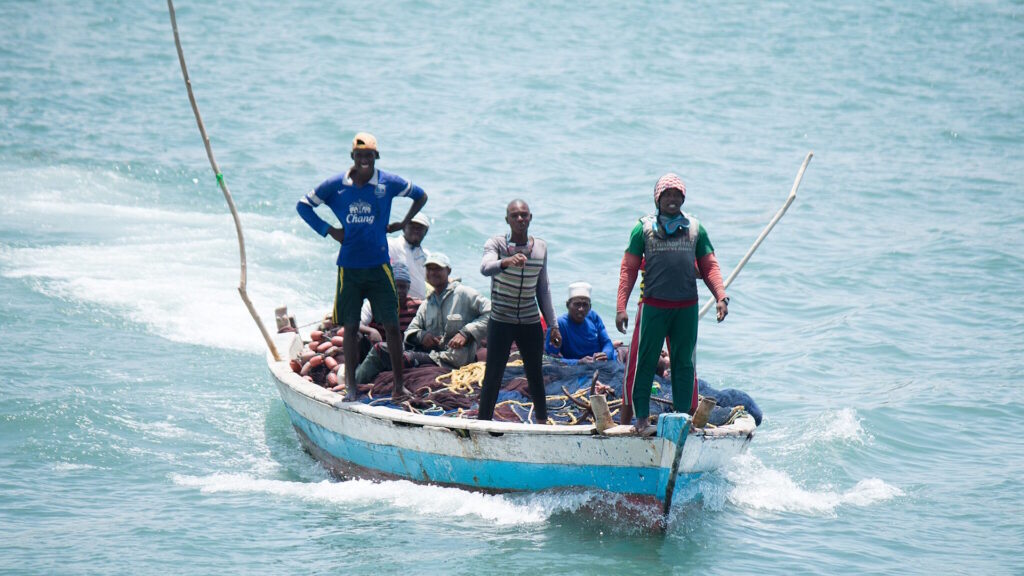
A cross-country fishing expedition creates memories worth preserving through thoughtful documentation. Waterproof action cameras provide hands-free recording of your fishing experiences, capturing the moment of the strike and the excitement of the fight. Consider keeping a detailed fishing journal that documents not just your catches, but also the changing landscapes, weather patterns, and local characters you encounter along the way.
Photography tips specific to fishing include using early morning or evening light for the best results, carrying a small tripod for self-timer shots with your catch, and using polarizing filters to reduce glare from water. Many anglers create dedicated social media accounts or blogs to share their journey, connecting with other fishing enthusiasts and creating a lasting record of their cross-country adventure.
Budget Considerations and Money-Saving Tips

A cross-country fishing road trip can be adapted to various budget levels with strategic planning. Fuel typically represents one of the largest expenses, so consider a fuel-efficient vehicle and use apps like GasBuddy to find the best prices along your route. Camping costs can be minimized by using free dispersed camping on public lands when available, particularly on National Forest and BLM lands throughout the western states.
Many states offer special tourist fishing license packages that cost less than purchasing individual daily permits. Consider investing in quality food storage and cooking equipment that allows you to prepare meals at your campsite rather than dining out, which can rapidly deplete your budget on a long journey. Finally, research reciprocal fishing license agreements between certain states, which may allow you to fish in neighboring states without purchasing additional licenses.
Conclusion
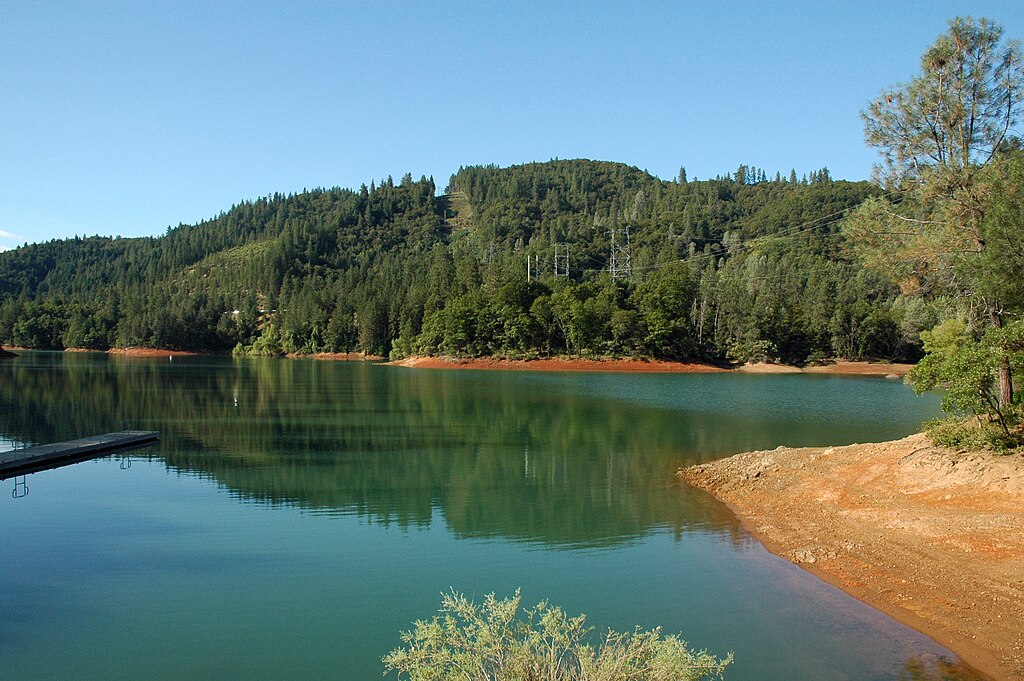
A camp-and-fish road trip across America offers a profound way to experience the country’s natural diversity while pursuing a timeless outdoor tradition. From the practical considerations of gear and regulations to the joy of connecting with local fishing communities, careful planning enhances every aspect of the journey.
Whether you’re chasing trophy fish or simply seeking peaceful moments on scenic waters, the combination of camping and fishing creates a rhythm that attunes you to nature’s patterns across changing landscapes. As you travel from coast to coast with rod in hand, you’ll gain not just a collection of fishing stories, but a deeper appreciation for America’s aquatic resources and the unique character of its diverse fishing regions.
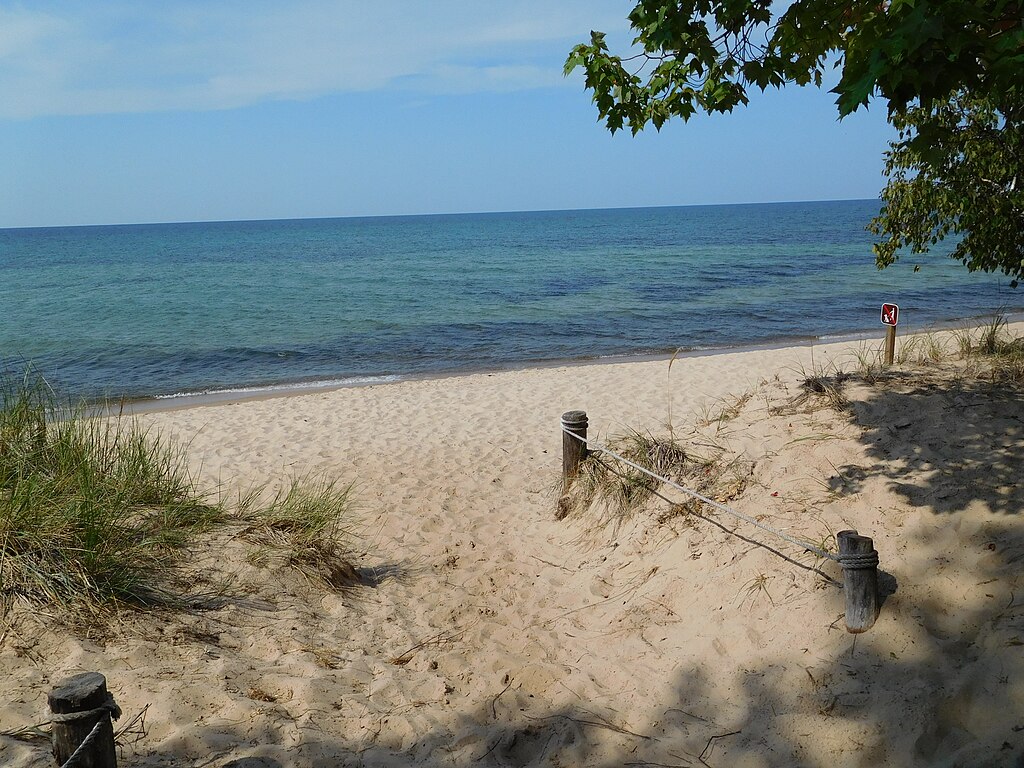

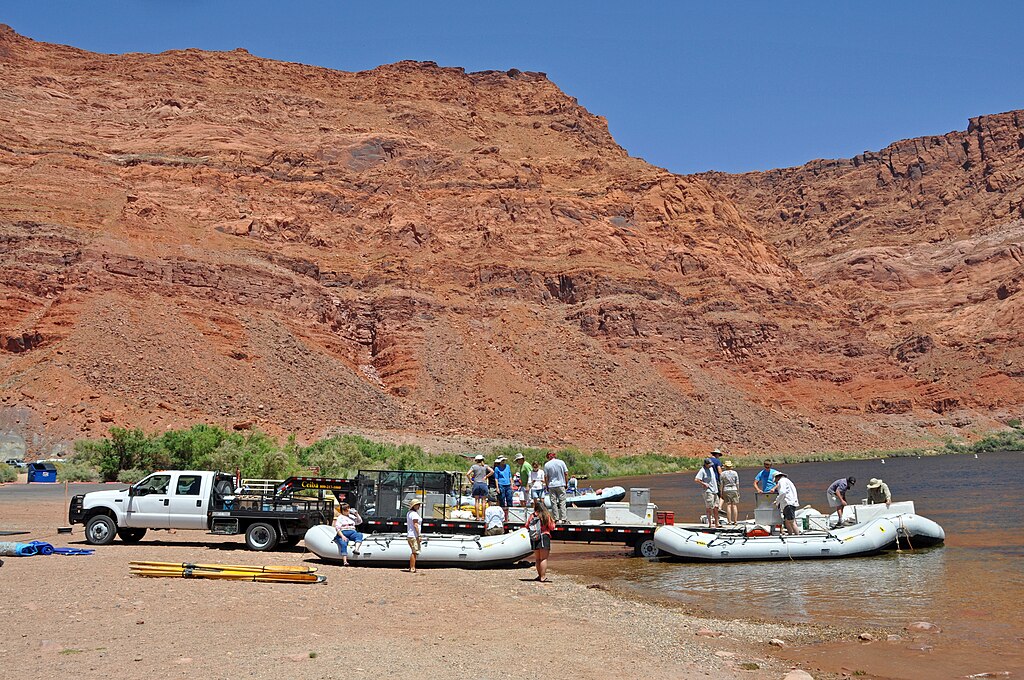











Post Comment